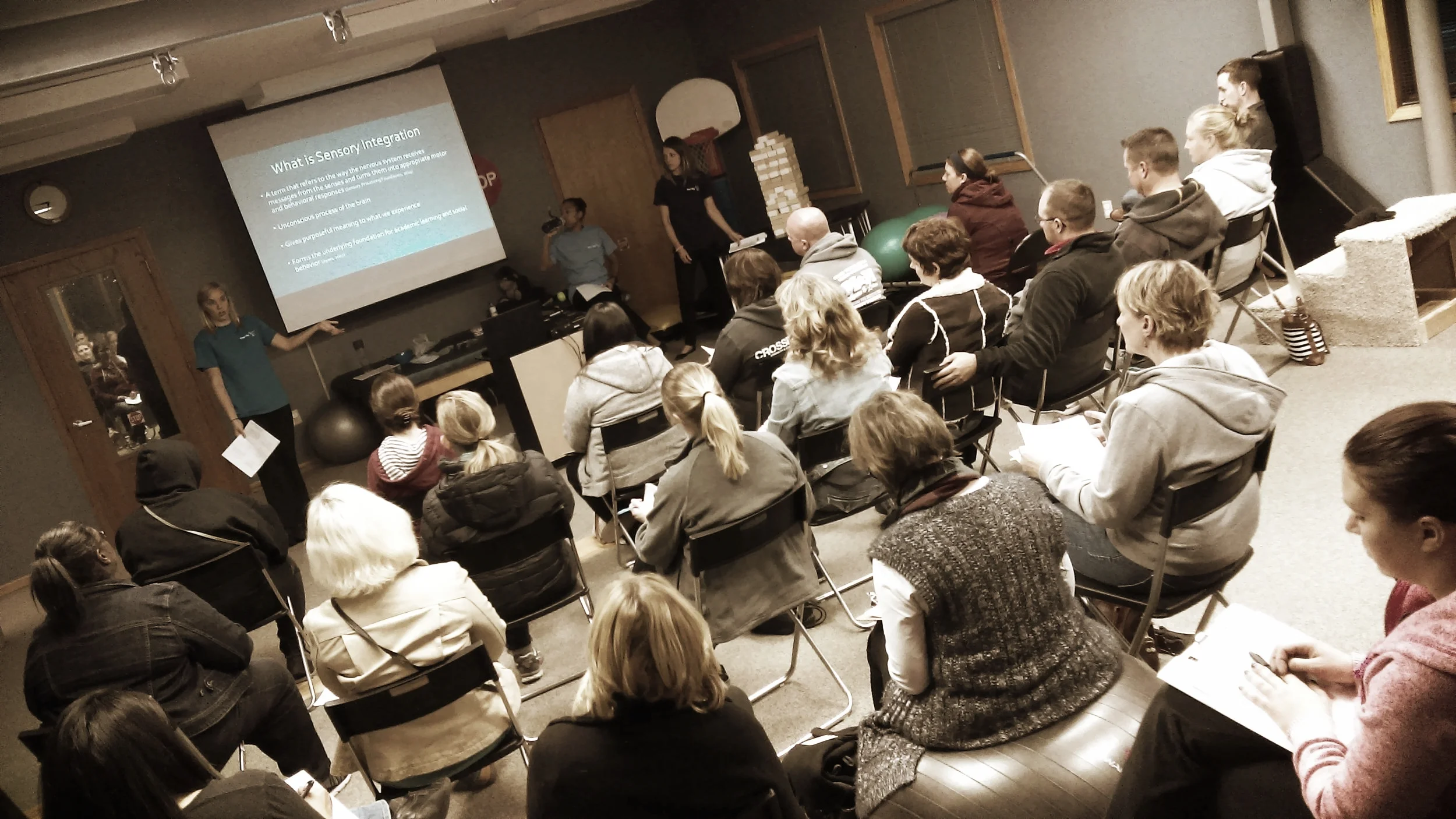Same old, same…NO WAY!
/Routines are simple and easy to keep. But sometimes, we focus so much on keeping things routine that we get stuck in our familiar ways. This makes it hard to try something new or venture out of our comfort zone. While in many ways routines are helpful to us, they can hold us back from gaining new skills and experiences. This can be true both at home, school, and in our clinic!
Changing things up and giving choices is a must to learn new skills because it allows us to anticipate natural consequences and learn from them. When we change the task or environment, the child is able to engage in exploration and learn from their mistakes. A great way to do this is to let the kids try first! By letting them try first (and allowing them to fail), they may see that their way didn’t work and problem solve the next time around. The best part about this is that there are lots of options if you don’t like to see your child fail. For example, is no wrong way to use playground or play equipment (as long as they are being safe of course!). It’s all part of the learning and teaching experience.
A second way to incorporate variability is to change the “where.” Always play at the same park? Test their skills and bring them to a new park or try the beach to play! Does your child have to wait in line at school, purposely pick the line at the grocery store (for those of you with extra time on your hands….no one??? Oops, what were we thinking!?!)
Here at TOPS, we like to adapt sessions to fit the environment that the child spends most of their time in. For example, if we know the home has many obstacles (couches, tables, etc..), we will try and create similar obstacles in the clinic. This way, the child can learn similar skills, but in a different environment.
Another way we follow this method is to adapt activities for the kiddos. If they have mastered walking on flat ground, we might next have them walk on the grass to give them another experience and change to problem solve (plus, its soft in case they fall). Continuing to take activities they enjoy and adjusting them to make them a bit more difficult is a great way to continue to build skills. Remember, bodies and brains are always changing, so we have to change in order to allow them to continue to learn and grow!
Fetters, L. (2010). Perspective on variability in the development of human action. Physical therapy journal 90(12), 1860- 1867.

